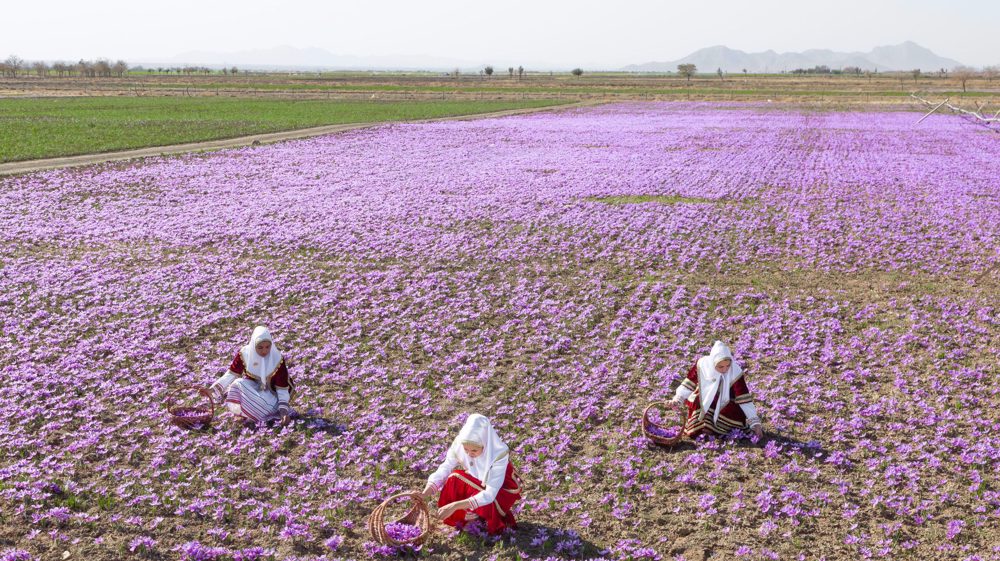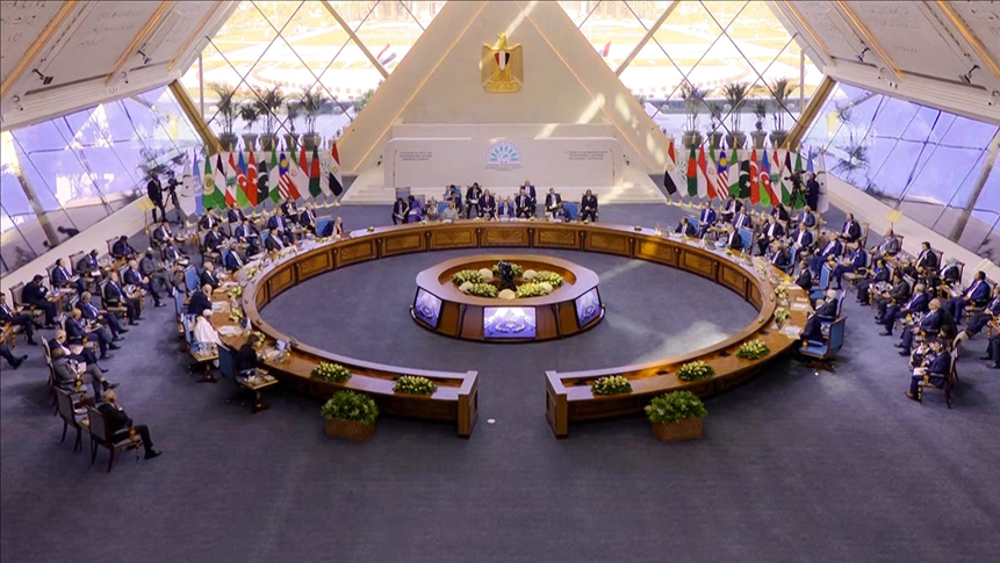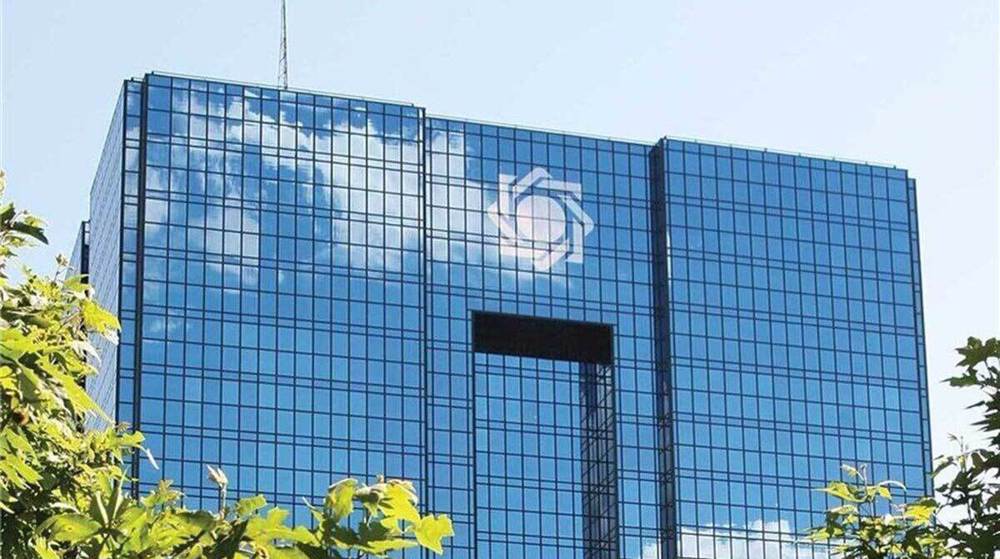The way to revolutionize Iran’s trade in ‘red gold’
Iran produces over 90% of the world’s supply of saffron, the most expensive spice sometimes called “red gold” because of its vibrant hue and high value.
Currently, saffron is cultivated in more than 27 provinces over 123,000 hectares of land, producing 450-470 tonnes of the strategic commodity per year.
It is a medicinal and spice plant known to Iranians more than 4,000 years ago. The word saffron was originally called ‘zarparan’ consisting of the two Persian words of zar meaning gold and paran meaning flower blossoms referring to purple crocuses of the plant.
In the old Persia, saffron was first found near Alvand and Zagros mountains during the kingdom of Media that goes way back to 708 – 550 BC and the Persians were the first race to cultivate it. Alexander the Macedonian is said to have stewed in it in the bath, believing that it helped heal wounds.
Today saffron is mainly used to season and color dishes. It is a strategic product in many aspects, chiefly harvested in the vast plains of Khorasan, but it is being promulgated to other provinces across Iran in recent years.
Saffron is a labor-intensive crop which needs 250,000 flimsy crimson red strands to be plucked laboriously by hand from about 75,000 crocus blooms to make a pound. The flowers must be picked early in the morning before the scent is lost to the heat of the day and then dried.
Each kilo of the Iranian saffron can retail for $1,400-$2,000 in global markets, showing its comparison with gold is not without a reason. It can even cost more than the precious metal, with each gram of the premium Iranian crop able to fetch $65.
Currently, 67 countries import saffron from Iran. In 2023, the country exported 221 tonnes of saffron worth $207.7 million. Officials say Iran can conveniently raise this figure to $1 billion if it removes certain domestic hurdles and foreign sanctions.
Saffron traders use non-conventional ways to get over the sanctions, often using non-Iranian middlemen, opaque supply chains and complicated payment procedures.
This means Iran and worst of all its farmers profit little from trade in saffron, because of bulk shipments to Dubai or Spain or even Afghanistan, where all references to Iran are scrubbed before it is transported onwards.
Sanctions have always been an obstacle to development of processing and supplementary industries in Iran.
Saffron, apart from being valued as a culinary condiment, has long been used as a dye, perfume and as a medicinal herb. Its medicinal uses have ranged from treating eye problems to genitourinary and many other diseases in various cultures. It has also been used as a tonic agent and antidepressant drug among many nations.
The sanctions, however, are a constant challenge to the import of technology and equipment to establish processing units.
According to one Iranian deputy agriculture minister, Iran’s share of the $11-billion saffron trade does not exceed $400 million in the best harvest years. This is while medicinal plants are notable sources of income in many countries.
The push to establish medicinal plants distilling in Iran began 10 years ago, resulting in a limited number of units being set up in some provinces.
Despite the small size of the installations, the value chain created so far is significant. This has generated hopes of growth and expansion and an ultimate burgeoning of trade in saffron and medicinal plants.
‘Ghost town’: 70% of Jabalia buildings destroyed by Israel
Mother’s Day: Sareh Javanmardi’s inspiring journey as Paralympic champion and mother
Russia downs over 40 Ukrainian drones as Putin vows 'destruction' on Kiev
VIDEO | Yemen: A bone in Israeli neck
D-8’s role in Iran’s economy after Cairo summit
China slams US as ‘war-addicted’ threat to global security
China ‘firmly opposes’ US military aid to Taiwan
VIDEO | Press TV's News Headlines










 This makes it easy to access the Press TV website
This makes it easy to access the Press TV website